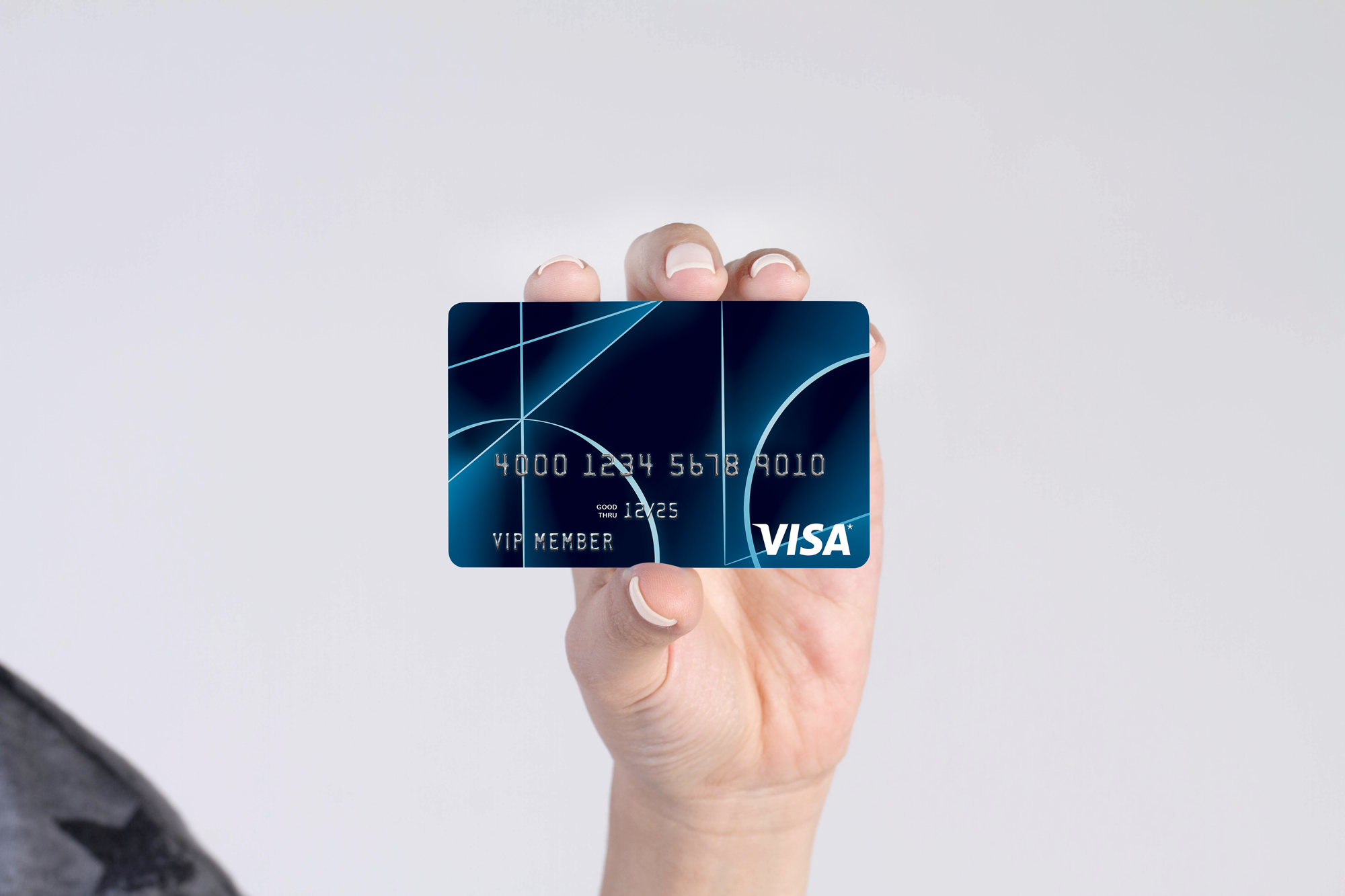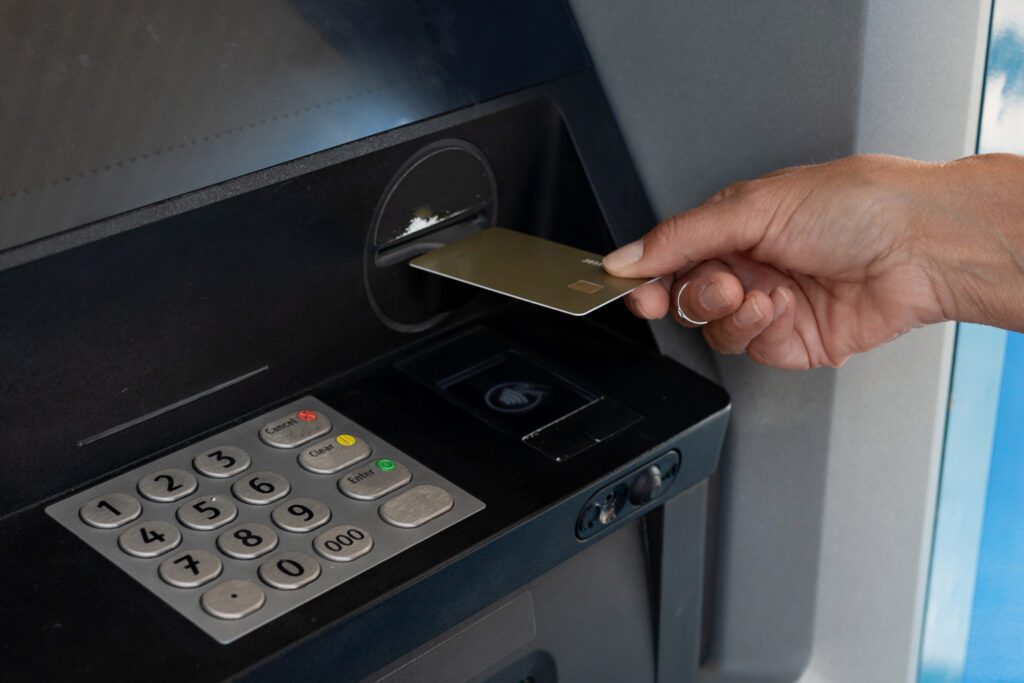
Virtual prepaid cards have all the same benefits as physical cards, just in a digital format. Like physical prepaid cards, virtual versions have a 16-digit number with a CVV number attached. They’re also valid to use at any online merchant where Visa® are accepted, providing customers with spending freedom. Ultimately, virtual cards improve the e-commerce shopping experience with safety and convenience.
How Are Virtual Prepaid Cards Loaded & Delivered?
Issuers, who are typically employers or merchants, load the cards by sending funds electronically. The cards are then sent to a recipient list by email that links to a quick-launch screen. From there, cardholders use a mobile app or online portal to see their current balance and transaction history.
Since virtual cards aren’t tangible, they don’t require manufacturing or printing and can be distributed across the globe instantly. From designing the card art to issuing them, the delivery process is typically 3 to 4 weeks, as opposed to 6 to 8 weeks for physical card production.
What Are The Benefits Of Virtual Cards?
1. No ATM transaction fees
2. Build brand awareness with customization
3. Easy online shopping
4. Deliver funds instantly
5. Reduced fraud
Virtual prepaid cards have numerous benefits for both issuers and cardholders. Firstly, they can be given as vouchers or gift cards and co-branded with corporate logos, acting as permanent advertisements. Customers will develop a positive association with your brand when they use the card or mobile app over time.
Other perks include avoiding ATM fees, reducing the risk of fraud since prepaid cards don’t connect to bank accounts, and saving on production costs. Plus, they allow companies to launch promotions in less than a month’s time or manage multiple promotions virtually.
What Are The Downsides To Virtual Cards?
When are virtual cards not right for your business? Well, they aren’t accessible by ATM and only reloadable by the issuer, so withdrawing cash or transferring funds from your bank account isn’t possible. Accessing the cards for online purchases also requires extra steps, like inputting login details on a mobile app rather than just swiping at the store. Lastly, balances are usually limited to $2500 (depending on the card provider), preventing users from making larger purchases.
.

How Can Companies Use Prepaid Cards?
1. Corporate incentive programs
2. Marketing and sweepstake campaigns
3. Part-time or remote payroll
1. Corporate Incentive Programs
Need a morale or engagement boost at work? Use virtual cards to offer employee incentive programs such as bonuses, travel perks, and gift cards. They’re cost-effective and can be sent worldwide via email, making them the perfect option for global companies or remote teams. Rather than receiving generic physical gifts, employees can buy an endless variety of products with cards.
2. Marketing and Sweepstakes Campaigns
Virtual prepaid cards make marketing easy. Offering cards as the prize for contests or giveaways add immense value to promotions with minimal effort or cost. Digital marketing and e-commerce shopping are also both growing in demand, so adding virtual options for online redemption appeals to customers.
3. Part-time or Remote Payroll
Not all employees are paid on a full-time basis—there are millions of part-time, gig, or remote workers. Virtual cards are ideal for paying these unconventional workers who may earn smaller salaries or work on contract. Since gig workers aren’t usually included in regular payroll, their cards can be reloaded whenever needed.




 Junius Cheng
Junius Cheng  Nikko Pangilinan
Nikko Pangilinan Jamie Rust
Jamie Rust Lisette Anciaes
Lisette Anciaes Roy Murad
Roy Murad Huguette Masse
Huguette Masse Mira Tzur
Mira Tzur Chris Michaelis
Chris Michaelis Diana Marie
Diana Marie Lauren Weekes
Lauren Weekes Dianne Dickens
Dianne Dickens Aysha Shahid
Aysha Shahid Ray Forzley
Ray Forzley